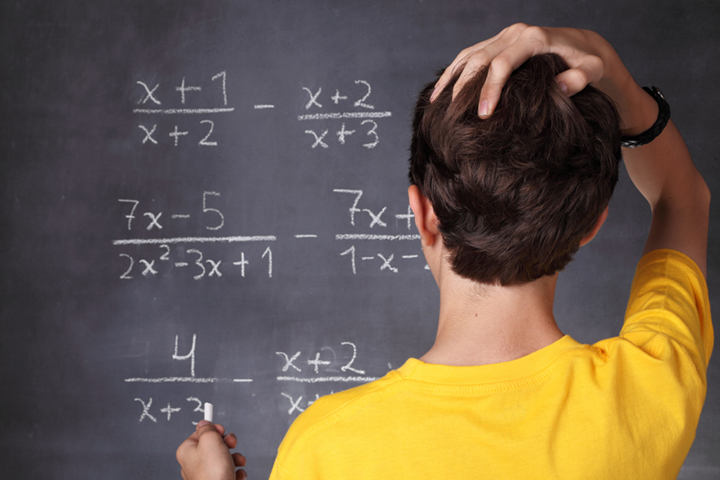
How can a growth mindset be fostered when participating in math assessments?
Math anxiety is prevalent in our society, and it is felt deeply by learners when they are being assessed. What might happen if, instead of giving each learner the same assessments, learners were able to reflect on how thoroughly they understand a concept and choose their own assessment? How can we develop a growth mindset during math assessments?
In this Grade 9 Mathematics class, the teacher borrowed the following scale from a colleague: Emerging, Progressing, Applying, Mastering. The teacher then identified what learner work looked like for each outcome based on each level of the scale. For example, in the outcome dealing with power laws, if the learner is at
For each outcome, a series of four distinct assessments were created, each assessing learners at a different level.
Once a learner learned the concepts and solidified their understanding through practice, they spent some time reflecting on what level would provide them with the most success at the highest level of challenge.
This was a very difficult challenge for some. Some learners lacked confidence as learners and chose assessments that were far too easy for them. Some learners overestimated their understanding, and selected assessments that were too difficult for them.
However, this strategy encouraged learners to find connections to their math-selves. They reflected on their own learning decisions, once they received feedback from their assessments. When learners were attuned to their understanding of various concepts as compared to the assessment indicator scale, they were more willing to take risks and were able to see themselves as mathematicians.
The job of the teacher is to understand the level at which each learner showed their best work, and to create a plan with each learner as to how to move forward on the assessment continuum. As the course continued, learners were able to think critically about where their understanding lay on the continuum, enabling them to choose assessments in a more informed manner. The confidence that learners brought to taking assessments had a direct impact on how they saw themselves as math learners.
*These descriptors represent the dimensions of global competencies in mathematics.